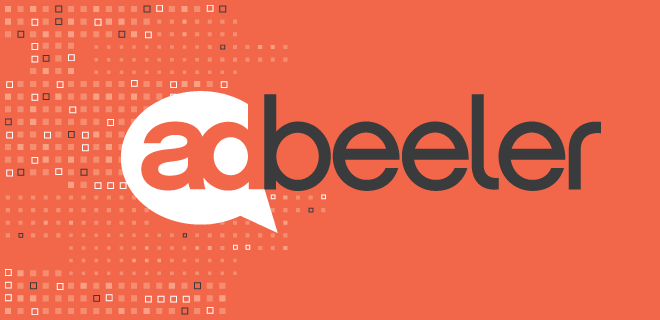
Ask any publisher, and they will share with you their “brand safety” story. They are incredible—they’ll either make you explode in belly-laughs or sink your jaw to the floor.
Here’s one from this week: A blocklist that at 1,200 terms was considered short included: “case,” “electric,” “rabbits,” and “Day of the Dead.”
The list singled out “PubG” but not “Call of Duty” or other video games. No mention of COVID but “Killer Mike” is blocked. “Police” as a term is also blocked. Twelve hundred words out of the 470,000 in the English language and “electric” is a problem? That makes sense in the 1800s when electricity was controversial.
As fun as it is to joke about blocklists, if we’ve learned anything over the past few months, it’s time publishers stop complaining and laughing over brand safety horror stories. We need tools to get the transparency we need—and truly connect with our counterparts on the buy-side when it comes to brand safety.
Our World Evolves and Changes; Keyword Block Lists Do Not
From my work with the Brand Safety Institute, I know that BSOs (Brand Safety Officers) and CMOs need to develop a perspective on where they want their brand messaging to appear and not to appear. What I don’t know is how their keyword blocklists are created.
Of all things on someone’s plate, I imagine this task is annoying and arduous. I don’t know about anyone else but spending time thinking through every permutation of how to phrase “murder” is not something I want to do.
Regardless, someone has to do the dirty work and I can’t imagine that someone looks at that task as anything more than a chore. I doubt anyone feels much upside to spending hours perfecting and maintaining the perfect keyword block list.
But the outcome is worse than it looks—keyword blocklists can be perceived as blunt instruments causing publisher pain. I have to give away more and more impressions in the hopes of overcoming the impressions I serve that don’t comply with these lists.
For direct deals, publishers at least get to see blocklists. Some have solutions or processes to evaluate the lists and provide feedback. One can imagine that sites that appeal to younger demographics—like a Complex or Vice—know that the standard blocklist is going to be a problem and have a response.
My guess is most publishers don’t have the bandwidth to address blocklists. Instead, they accept the list, run the campaign, and hope editorial isn’t focused on rabbits during the flight dates.
In the programmatic world, publishers don’t even see the keyword block lists—inventory is bought and sold without any visibility into why an impression didn’t pass the test. Occasionally the issue will rear its head when a PMP fails to deliver.
Beyond Brand Safety Education
It’s here where I have to point out that we need to educate brands on this issue. The IAB has picked up the issue and done outreach related to COVID. They say that it’s worked. I’m sure there has been progress, but when I quizzed several publishers, they aren’t necessarily certain.
The murder of George Floyd is more complicated. One can understand not wanting to have their ad next to content talking about this tragedy, but in the process, brands are defunding journalism that is bringing essential conversations to light. Brands: adjust your messaging and help change our world, but don’t shy away from this movement.
Education needs to happen at all levels, including within publishers, who need to develop internal best practices for communication between sales and ops, as well as externally with service providers and advertisers.
But education alone doesn’t build connections for publishers and brands to discuss and iterate on brand safety efforts.
In a recent Think Tank of publisher ad operations folks hosted by DoubleVerify/Ad-Juster, the sentiment was clear: we need tools, and tools will enable transparency. Right now, we get reports from the client–especially when there is an issue. Rarely do these reports help me connect all the dots I need as a publisher to address the issue.
The publishers at the Think Tank work directly with the verification services and get their own reports, but that’s not the same as seeing how inventory looks through the eyes of buyers. Overlaying that information will help me steer a brand’s impressions to what they feel is safe. It would allow me to show an advertiser impressions they are excluding that might in fact perform better for them.
In other words: it’s time for brands and publishers to look at brand safety together through the same lens. Until then, brand safety is only a half measure at best.